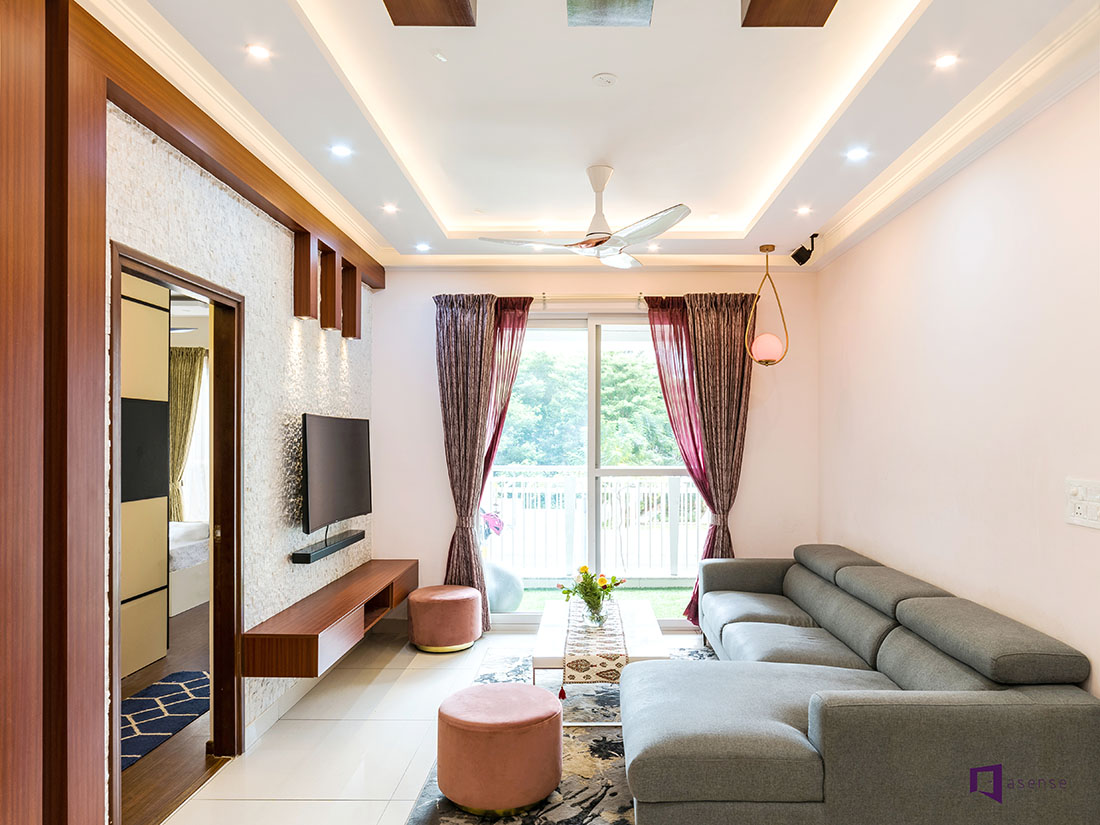A premier Architecture Firm can design your dream space.
A premier Architecture Firm can design your dream space.
Blog Article
Transform Your Home With Crucial Concepts of Interior Decoration and Visual Appeals
By comprehending the impact of shade theory and the importance of texture and patterns, one can develop areas that are not only aesthetically attractive but additionally deeply personal. Attaining this balance involves more than plain decoration; it includes a critical plan and a keen understanding of exactly how each component engages within an area.
Understanding Color Theory
Comprehending the concepts of shade concept allows developers to develop rooms that reverberate mentally with owners while meeting functional demands. Each category plays an essential duty in establishing harmony within a room.
The psychological effect of colors is profound; warm shades such as reds and oranges stimulate power and warmth, while trendy tones like blues and eco-friendlies promote calmness and serenity. The use of complementary shades enhances visual interest, producing striking contrasts that can elevate a room's allure.
Neutral colors, on the other hand, act as a flexible backdrop, allowing various other design aspects to radiate. It is necessary to think about variables such as lighting and the space's objective when choosing a shade palette, as these can change the perception of colors throughout the day.
Eventually, a well-considered color system can transform a room, cultivating a feeling of comfort and style that aligns with the residents' preferences. Proficiency of shade theory is, consequently, an essential skill for any kind of indoor developer intending to create unified and inviting settings.
Accomplishing Equilibrium in Design
Exactly how can developers attain a feeling of balance in their spaces? Accomplishing balance in layout is fundamental to creating harmonious interiors. Designers can make use of three main kinds of balance: in proportion, unbalanced, and radial. Balanced balance includes preparing components uniformly around a central point, fostering a sense of order and tranquility. This type commonly includes pairs of furnishings or artwork, enhancing visual security.
Unbalanced equilibrium, on the other hand, counts on differing components that still accomplish a natural appearance. This method enables even more vibrant and casual setups, offering rate of interest while maintaining balance. By meticulously choosing varying sizes, shades, and structures, designers can create a visually compelling space that feels well balanced yet energetic.
Radial balance stresses a main prime focus with elements emitting exterior. This style is typically seen in round formats, where furniture and decor develop a cohesive border that draws the eye internal.
Ultimately, accomplishing equilibrium requires thoughtful factor to consider of range, percentage, and the relationships in between components. Architecture Firm. By skillfully using these balance principles, designers can transform spaces into settings that feel both aesthetically pleasing and functionally unified, boosting the total experience for owners
Value of Spatial Understanding

An eager feeling of spatial awareness allows designers to identify prime focus within a space, assisting the customer's focus to vital attributes while keeping a total feeling of unity. It likewise aids in the strategic placement of illumination, which next page can considerably affect the assumption of room and state of mind. In addition, recognizing spatial partnerships makes it possible for the developer to accommodate the particular requirements of residents, guaranteeing that each area serves its desired objective without jeopardizing appearances.
Eventually, spatial awareness is important for optimizing the capacity of any indoor area. By carefully taking into consideration the interplay between measurements, layout, and function, designers can create settings that not only fulfill useful requirements however also stimulate a sense of convenience and charm, boosting the overall living experience.
Including Structure and Patterns
Welcoming a diverse array of structures and patterns can dramatically improve the aesthetic and tactile allure of an interior area. The strategic use of numerous materials-- such as timber, steel, material, and rock-- creates deepness and passion, making a room really feel more inviting and vibrant. As an example, integrating smooth surface areas with rough structures can develop a balance that attracts the eye and engages the detects.
When integrating patterns, take into consideration both scale and repetition. Big patterns can act as centerpieces, while smaller, subtle styles can match various other components without frustrating the area. Layering patterns, such as pairing flower paddings with striped throws, adds complexity and a sense of consistency if performed thoughtfully.
It is likewise important to preserve a cohesive color combination, making certain that appearances and patterns interact instead than compete for focus. By selecting a couple of vital appearances and patterns, you can produce a combined visual that mirrors your personal style while enhancing the overall atmosphere of the space. Ultimately, the careful unification of these aspects can change an ordinary space right into an advanced atmosphere abundant with personality and heat.
Customizing Your Space
Producing an area that reflects your personality is vital to attaining a really inviting atmosphere. Customization in interior decoration permits you to infuse your unique style and rate of interests into your home, changing it from a simple shelter right into a haven that speaks with who you are. Begin by selecting a shade palette that reverberates with your emotions-- strong shades can invigorate, while soft tones use serenity.
Include artwork and style that show your passions, whether it be traveling, nature, or abstract principles. Showing individual collections, such as books, photos, or Full Article mementos, can stimulate treasured memories and produce focal points within a room. In addition, consider personalizing practical items, like upholstered furniture, to line up with your aesthetic preferences.

Conclusion
To conclude, the makeover of a home through the vital concepts of interior decoration and visual appeal requires a detailed understanding of shade concept, balance, spatial awareness, structure, and personalization. Each component contributes dramatically to developing an unified and practical living atmosphere - interior design firms. By thoughtfully incorporating these principles, individuals can improve the visual allure and emotional resonance of their areas, inevitably fostering a home that reflects unique navigate to this website identities while offering comfort and practicality
Report this page